The automatic 27-28t/h eel fish feed plant expansion project covers an area of 20163.3m² and a construction area of 32736.3m². The expansion fish feed plant project will increase the production of pellet feed and extruded feed, with an annual output of 90,000 tons of pellet feed and 20,000 tons of extruded feed.

In order to meet the market demand, the client of this 27-28t/h eel fish feed plant expansion project, Taishan Fuma Feed Co., Ltd., plans to invest 434 million yuan (68,138,000 USD) to expand the existing 35000 t/a eel fish feed plant area, rebuilding and expanding 1 workshop with 1 floor and 1 building, a 5-story workshop tower, a 6-story staff dormitory, and a 1-story warehouse.
The automatic 27-28t/h eel fish feed plant expansion project covers an area of 20163.3m² and a construction area of 32736.3m². The expansion fish feed plant project will increase the production of pellet feed and extruded feed, with an annual output of 90,000 tons of pellet feed and 20,000 tons of extruded feed.
Name:
Special Aquatic Feed Factory
Country:
China
Date:
July 2016
Capacity:
110000t/a, 27.5t/h (27-28t/h)
Feed Size:
1-4mm
The install period:
60 Days
Control Mode:
Automatic
Fish feed plant cost:
68,138,000 USD
The customer's original eel fish feed plant project uses animal protein raw materials, starch, soybean meal, etc. as raw materials, and through the processes of mixing and crushing ingredients, the annual production of eel compound feed is 35,000 tons.
Before the expansion, there were 50 employees, of which 20 were accommodated in the fish feed manufacturing plant and 30 were not. The new expansion fish feed plant project has added 120 employees, of which 60 are accommodated in the fish feed plant and 60 are not. The working system of employees before and after the fish feed plant expansion remains the same, with 250 working days a year, 16 hours a day.
It can be calculated from the running time of the fish feed plant project, the output of the large 27-28 tons per hour advanced technology fish feed plant project is 9166t/m, 440t/d, 27.5t/h (27-28t/h).
| Name | Before expansion | Extension Project | After expansion |
|---|---|---|---|
| Staff | 50 people | 120 people | 170 people |
| Number of people eating and staying | 20 people | 60 people | 80 people |
Foma Feed Co., Ltd. is located in Doushan Town, Taishan City, China. The 27-28 tons large fish feed production plant covers a total area of 81069.64m², the eel fish feed plant project base area before expansion is 8111.55m², and the construction area is 13049.75m².
| Before expansion | |||
|---|---|---|---|
| Building name | Number of layers | Base area (m²) | Building area (m²) |
| Workshop | 1 layer | 4360.4 | 4360.4 |
| The area of power distribution room (Phase I) is 48.75 | |||
| Workshop Tower | 5 layers | 324 | 1620 |
| Staff Dormitory | 6 layers | 642.2 | 3853.2 |
| Canteen | Tier 1 | 294.55 | 294.55 |
| Office Building | Layer 2 | 431.2 | 862.4 |
| Warehouse | Tier 1 | 2059.2 | 2059.2 |
| Total | 8111.55 | 13049.75 | |
| After expansion | |||
| Building name | Number of layers | Base area (m2) | Building area (m2) |
| Finished Workshop | Tier 1 | 8942.4 | 8942.4 |
| Raw Material Workshop | Tier 1 | 8942.4 | 8942.4 |
| Workshop Tower | 7 layers | 2095.5 | 14668.5 |
| Boiler Room | Tier 1 | 135 | 135 |
| Power Distribution Room | Tier 1 | 48 | 48 |
| Total | 20163.3 | 32736.3 | |
The fish feed plant project before the expansion is mainly engaged in the production of eel compound feed, with an annual output of 35,000 tons of eel compound feed.
This aqua fish feed plant expansion project is mainly engaged in the production of multi-type pellet feed and extruded feed, with an annual output of 90,000 tons of complete compound pellet feed and 20,000 tons of extruded feed.
| Product Name | Production before expansion | Extension Project Yield | Production after expansion |
|---|---|---|---|
| Eel Compound Feed | 35,000 tons | 0 | 35,000 tons |
| Aquaculture Pellet Feed (compound feed for shrimp, sinking fish, crab) | 0 | 90,000 tons | 90,000 tons |
| Aquaculture Extruded Feed (compound feed for floating fish) | 0 | 20,000 tons | 20,000 tons |
In different growth stages of aquatic products, according to nutritional needs, according to scientific formula, a variety of feeds from different sources are evenly mixed according to a certain proportion, and the feed is produced according to the specified technological process.
| Name | Consumption before expansion | Expansion project consumption | Expansion consumption | Source | Package form | Storage Location |
|---|---|---|---|---|---|---|
| Animal protein ingredients | 15000 | 0 | 15000 | Buy Locally | Bag | Raw Material Warehouse |
| Pregelatinized starch | 10000 | 0 | 10000 | Buy Locally | Bag | Raw Material Warehouse |
| trace element raw materials | 1000 | 0 | 1000 | Buy Locally | Bag | Raw Material Warehouse |
| Vegetable Protein Ingredients | 4000 | 0 | 4000 | Buy Locally | Bag | Raw Material Warehouse |
| Soybean meal | 5000 | 15000 | 20000 | Buy Locally | Bag | Raw Material Warehouse |
| Fish meal | 0 | 30000 | 30000 | Buy Locally | Bag | Raw Material Warehouse |
| Peanut meal | 0 | 10000 | 10000 | Buy Locally | Bag | Raw Material Warehouse |
| Flour | 0 | 20000 | 20000 | Buy Locally | Bag | Raw Material Warehouse |
| Starch | 0 | 10000 | 10000 | Buy Locally | Barrels | Raw Material Warehouse |
| Homemade | 0 | 8000 | 8000 | Buy Locally | Bag | Raw Material Warehouse |
| Additives | 0 | 1000 | 1000 | Buy Locally | Barrels | Raw Material Warehouse |
| Premixes | 0 | 20000 | 20000 | Buy Locally | Bag | Raw Material Warehouse |
| Biomass Pellets | 0 | 5000 | 5000 | Buy Locally | Bag | Boiler Room |
Note: This 27-28 tons fish feed plant expansion project is equipped with two 10t/h biomass particulate matter-fired steam boilers (one of which is for standby). The amount of steam required for the granulation and maturation process of this expansion project is 120t/d (30000t/a), the amount of biomass fuel used is calculated as 600,000 kcal/ton of water evaporation heat, and the biomass calorific value is 4500 kcal/kg, the biomass boiler efficiency is 80%, the consumption of biomass pellets in this fish feed plant is 5,000 tons/year.
Biomass fuel is a new type of fuel supported by the Chinese state. It mainly uses rural corn stalks, wheat stalks, sawdust and other crops and solid wastes as raw materials. After crushing, it is pressurized and densified. It is a renewable resource. The biomass pellet components used in this fish feed plant project are shown in the table below.
| Item | Ingredients |
|---|---|
| Total Moisture MT | 5.89% |
| Aad Aad | 1.63% |
| Volatile Vad | 74.75% |
| Fixed Carbon FCad | 17.73% |
| Total Sulfur St,ad | 0.01% |
| High heat value | 4631Kcal/kg |
| Low calorific value | 4229Kcal/kg |
| Characteristics of coke residue | Class 1 |
This fish feed plant expansion project mainly increases the production of pellet feed and extruded feed. The supporting aquafeed equipment before and after expansion is shown in the following table:
| Fish feed machine name | Model | Quantity |
|---|---|---|
| Eel fish compound feed processing equipment | ||
| Computer Control System | Modular computer simulation screen | 1 |
| Scraper conveyor | TGSV20 | 6 |
| Bucket elevator | TDTG40/28 | 7 |
| Conical Powder Sieve | SCQZ60X50X80 | 2 |
| Permanent Magnetic Cartridge | TCXT25 | 4 |
| Superfine Pulverizer | SWFL130 | 4 |
| Double-layer high-efficiency mixer for fish feed | SJHS2A | 5 |
| The main fish feed making machine of the expansion project | ||
| Extruded fish feed production equipment | ||
| Computer Control System | Modular computer simulation screen | 8 |
| Scraper conveyor | 25m | 14 |
| Bucket elevator | 36/28 | 8 |
| Cylinder Preliminary Screening | / | 8 |
| Ingredient warehouse group | 2000m³ | 1 |
| Micro Pulverizer | SWFP66X | 4 |
| Ingredient weighing bucket | 2 tons/batch | 8 |
| Distributor | 12-250A | 8 |
| Twin paddle fish feed mixer | / | 8 |
| Superfine Pulverizer | SWFL-130 | 12 |
| Cyclone | SL1200 | 14 |
| Measuring Electronic Scale | 2 tons/batch | 10 |
| Bucket elevator | 4KW, 36/28 | 8 |
| Fish feed extruder for floating feed | / | 6 |
| Fish feed dryer | / | 6 |
| Counterflow Cooling Tower | 25*25 | 6 |
| Classifier | / | 6 |
| Automatic Packaging Scale | S-50 | 8 |
| Palletizer | / | 4 |
| Conveyor | 2.2KW | 2 |
| Vacuum Sprayer | VAC-1000 | 6 |
| Roller Sprayer | TPY.120 | 4 |
| Electronic Control Equipment | Cable electrical, etc. | 1 |
| Liquid Addition System | / | 1 |
| Premix Line | / | 1 |
| Automobile hydraulic flaps | 100 tons | 1 |
| Silo Group | 16 | 1 |
| Wheat screener | / | 1 |
| Scraper conveyor | / | 6 |
| Triaxial Screw Conveyor | / | 8 |
| Pellet fish feed production equipment | ||
| Computer Control System | Modular computer simulation screen | 6 |
| Scraper conveyor | 25m | 8 |
| Bucket elevator | 36/28 | 6 |
| Cylinder Preliminary Screening | / | 6 |
| Ingredient warehouse group | 2000m³ | 1 |
| Micro Pulverizer | SWFP66X | 3 |
| Ingredient weighing bucket | 2 tons/batch | 6 |
| Distributor | 12-250A | 6 |
| Twin paddle fish feed mixer | / | 6 |
| Superfine Pulverizer | SWFL-130 | 8 |
| Cyclone | SL1200 | 13 |
| Measuring Electronic Scale | 2 tons/batch | 7 |
| Bucket elevator | 4KW, 36/28 | 6 |
| Classifier | / | 6 |
| Automatic Packaging Scale | S-50 | 6 |
| Palletizer | / | 3 |
| Fish food pellet making machine | SZLH | 6 |
| Stabilizer | / | 6 |
| Crumbling System | / | 2 |
| Conveyor | 2.2KW | 2 |
| Counterflow Cooling Tower | 22*22 | 6 |
| Electronic Control Equipment | Cable electrical, etc. | 1 |
| Liquid Addition System | / | 1 |
| Paste Addition System | / | 1 |
The water used in this aquatic fish feed plant project is mainly boiler water, waste gas treatment spray waste water supplementary water and employee domestic water, of which the boiler water consumption is 1780t/a, the waste gas treatment spray waste water supplementary water consumption is 2t/d, and the domestic water consumption is 3300t/a a.
The drainage system of this aquatic fish feed plant project adopts rainwater and sewage diversion system. Boiler sewage is clean sewage and is directly discharged through rainwater pipes.
The spray wastewater of the malodorous gas treatment system (water spray washing device) is recycled after sedimentation and is not discharged.
The oily sewage from the cafeteria is pretreated by the oil separator and the slag separator, and the ordinary domestic sewage is pretreated by the three-stage septic tank.
The electricity used in this fish feed manufacturing plant project is wired from the local power supply main line, and diesel generators are not used for the equipment. The electricity consumption before and after the expansion is shown in the table below.
| Name | Before expansion | Extension Project | After expansion |
|---|---|---|---|
| Energy | 600,000 kWh | 1 million kWh | 1.6 million kWh |
After the raw materials are screened and magnetically separated, the meal will first enter the primary crushing system, and then be transported to the batching bin, while the powdery raw materials will directly enter the batching bin, and then the various materials will be mixed in proportion by the weighing system.
After mixing, it enters the ultra-fine pulverization system for pulverization, and after pulverization, the secondary ingredients are mixed, and then the qualified products are obtained through the steps of granulation, post-curing, cooling (air cooling), sieving and impurity removal, and packaging.
Design 2 feeding ports, and the feeding port is equipped with a grid screen which can be used as the first impurity removal equipment to remove impurities such as sack lines.
Each feeding port is equipped with a separate pulse dust collector; the powder and meal are manually unpacked in the 1# workshop and put into the feeding port.
After being sent to the main workshop by scraper and elevator for cleaning and iron removal, the meal Enter into the silo to be pulverized, and the powder enters the batching silo.
A wide-screen hammer crusher is configured, and the crushed material enters the batching bin through the screw conveyor, elevator and distributor.
The feeding device of the pulverizer adopts stepless speed change to meet the pulverization requirements of different materials, realize full-load work, improve pulverization efficiency, reduce power consumption, and work stably and reliably.
Design a double-scale batching system, each system has 24 batching bins, the bin capacity should reach more than 360m³, and the capacity of the primary mixer is 2 tons/batch.
A pulse dust collector is set on the upper part (distributor) of the chute into the silo, which sucks air into the chute and the silo to prevent dust from escaping.
A total of 4 ultrafine pulverizers are used to pulverize the batched raw materials. The micro-pulverizing pneumatic conveying system is equipped with Shakeron and circular pulse dust collectors, and a secondary negative pressure conveying dust removal system.
Design a double-scale batching system, there are two systems, each system is equipped with 4 batching bins, the bin capacity is more than 80m³, and each is equipped with a mixer of 2 tons/batch. The small material feeding port is equipped with a separate pulse dust collector.
The mixed powder enters the silo to be granulated, and then enters the fish pellet making machine through the screw feeder and conditioner, and is pressed into various diameters by ring die with different apertures qualified products are obtained after post-curing, cooling and grading.
Qualified products are weighed by the finished product packaging scale and then sewn into the package; this section uses a total of 6 packaging scales, including 4 sets of 20kg large packaging and 2 sets of 5kg small packaging.
For large packages over 20 kg, semi-automatic automatic wrapping and automatic thread trimming are used. Small packaged feed products under 5 kg are fully automatic canned and heat-sealed.
The production process of puffed feed adopts the first pulverization and then batching, intermittent mixing, (super) micro pulverization, secondary batching, puffing, drying, oil injection, cooling (air cooling), screening into the finished product warehouse and complete production of packaging craft.
Design 2 feeding ports, and the feeding port is equipped with a grid screen which can be used as the first impurity removal equipment to remove impurities such as sack lines. Each feeding port is separately equipped with a square pulse dust collector;
Powder and meal are manually unpacked and put into the feeding port, and sent to the main workshop by scraper and elevator for cleaning and cleaning. After removing iron, the meal raw materials enter the silo to be pulverized, and the powder and auxiliary materials enter the batching silo.
One set of wide-screen hammer crusher is equipped, and the crushed material enters the batching bin through the screw conveyor, elevator and distributor. The feeding device of the pulverizer adopts stepless speed change to meet the pulverization requirements of different materials, realize full-load work, improve pulverization efficiency, reduce power consumption, and work stably and reliably.
Design a double-scale batching system, each system has 24 batching bins, the bin capacity should reach more than 360m³, and the capacity of the one-time mixer is 2 tons/batch.
A total of 6 ultrafine pulverizers are used to superfine the batched raw materials, and the pulverized powder enters the secondary batching bin by means of negative pressure pneumatic conveying.
Design a double-scale batching system, which is divided into two systems, one of which has 5 batching bins with a capacity of 100m³, and the other set has 7 batching bins with a capacity of 140m³. The capacity of the secondary mixer is 2 tons/batch.
The extruded feed enters the dryer for drying, and then passes through, sieving, thermal spraying, cooling, and re-screening to obtain qualified products, which enter the finished product warehouse for packaging.
The waste gas produced by the fish feed plant project is mainly the process dust, stench, and combustion tail gas produced by the boiler.
Aiming at the dust generated from feeding, crushing, granulating, cooling, screening, packaging and other processes in the feed production process, this fish feed plant project has set up 2 sets of dust and waste gas collection systems (one set of dust and waste gas collection systems for pellet feed and extruded feed) , that is, pulse dust collectors are installed after the units corresponding to the above-mentioned dust-producing sections (the dust generated in the crushing section is treated by cyclone and pulse dust collectors).
The dust can be uniformly discharged from the tube, and the dust will meet the second-stage secondary standard of the local standard "Air Pollutant Emission Limits" after being collected and processed. In general, after the dust is collected and processed, the emission is small and the impact on the surrounding environment is small.
The stench of the 27-28t/h aqua shrimp crab prawn fish feed plant project mainly comes from the granulation, curing and cooling processes of the aqua fish pellet feed production line, and the puffing, drying and cooling processes of the extruded fish feed production line.
The main pollutants are ammonia and trimethylamine. The odor generating nodes of the fish pellet feed production line and the odor generating nodes of the extruded fish feed production line of the project are all closed facilities.
The client aqua fish feed company has set up an exhaust system for the above closed facilities, and an air supply system has been added for drying and cooling.
We have set up 2 sets of waste gas collection and treatment facilities for the client company (using the combined process of water spray washing device + UV photolysis purifier). The exhaust gas treatment facility installed on the roof is used for treatment, and then discharged through the exhaust pipe at high altitude.
The malodorous gas is treated by a water spray washing device + UV photolysis purifier, and its treatment efficiency can reach more than 90%. The treated exhaust gas is discharged through a 15m high exhaust pipe, and the external exhaust gas can meet the "Odor Pollutant Emission Standard". The requirements for the emission standard value of odor pollutants have little impact on the surrounding atmospheric environment.
The 27-28t/h customized fish feed plant project is equipped with two 10t/h biomass-fired boilers. The main pollutants of boiler exhaust gas are SO2, NOx and soot. The customer used "cyclone dust removal + cloth bag" to treat biomass combustion waste gas, and the dust removal rate is ≥ 95%. 765-2010), it is discharged through a 15m exhaust pipe, which meets the requirement that the discharge of the gas boiler chimney shall not be less than 8m.
After the above-mentioned corresponding measures are taken to deal with the boiler waste gas of the project, the impact on the regional ambient air is small.
The shrimp fish feed plant project kitchen is equipped with a fume purifier to purify the kitchen fume. The fume purification efficiency is 75%. After being treated by a high-efficiency electrostatic fume purification facility, it is led to the roof of the building. 》The requirements for small catering units have less impact on the surrounding atmospheric environment.
The main source of noise pollution in the fish feed plant project is the noise generated during the operation of the production equipment, and its source intensity is about 70~85dB(A).
After the construction unit adopts comprehensive prevention and control measures such as sound insulation, shock absorption, and noise reduction, and then attenuates the natural distance, the surrounding noise at the boundary of the fish feed plant can meet the requirements of Emission Standard for Environmental Noise at the Boundary of Industrial Enterprises (GB12348-2008). [That is, ≤60dB(A) during the day, ≤50dB(A) at night], and the impact on the surrounding acoustic environment is not obvious.
The solid waste during the operation period of the 27-28t/h fish feed plant project mainly includes: production waste, ash after biomass combustion, dust collected by boiler fume, waste ion exchange resin, packaging waste, domestic waste, etc.
After the solid waste generated by this 27-28t/h fish feed plant project has been properly treated, the impact on the surrounding environment will not be obvious.
Having the right mix of reliable, high-quality pellet machine and pelletizing systems and expert support is essential to your success. Watch how our end-to-end feed pellet plant solutions have helped our customers optimize their performance.
Our customized and future-proofed turnkey pellet plant solutions is designed with you at the core. From vision to reality and beyond, our team stays connected with yours. Giving you peace-of-mind with an expert at your side.
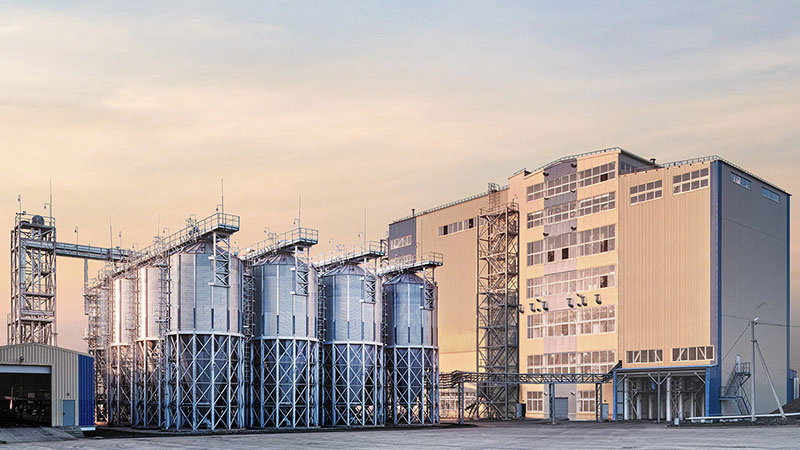
At RICHI, we go beyond project completion. With RICHI Servicee, we’re your dedicated partners in success. Count on us for expert guidance, minimal downtime, and optimized productivity. Choose RICHI for unmatched service and support.
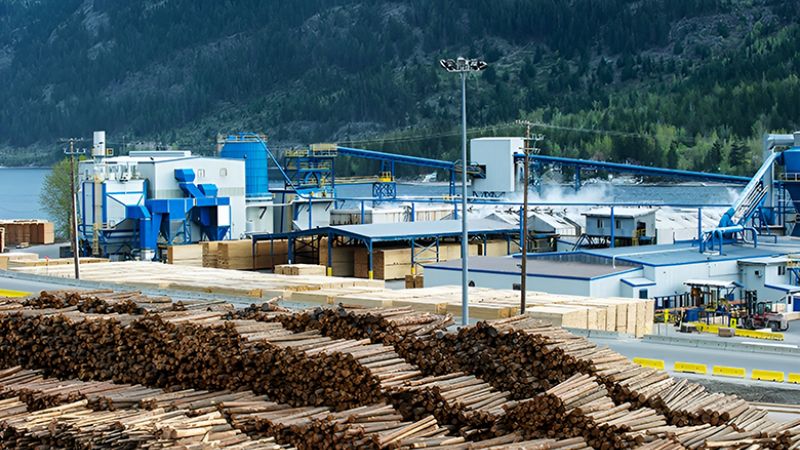
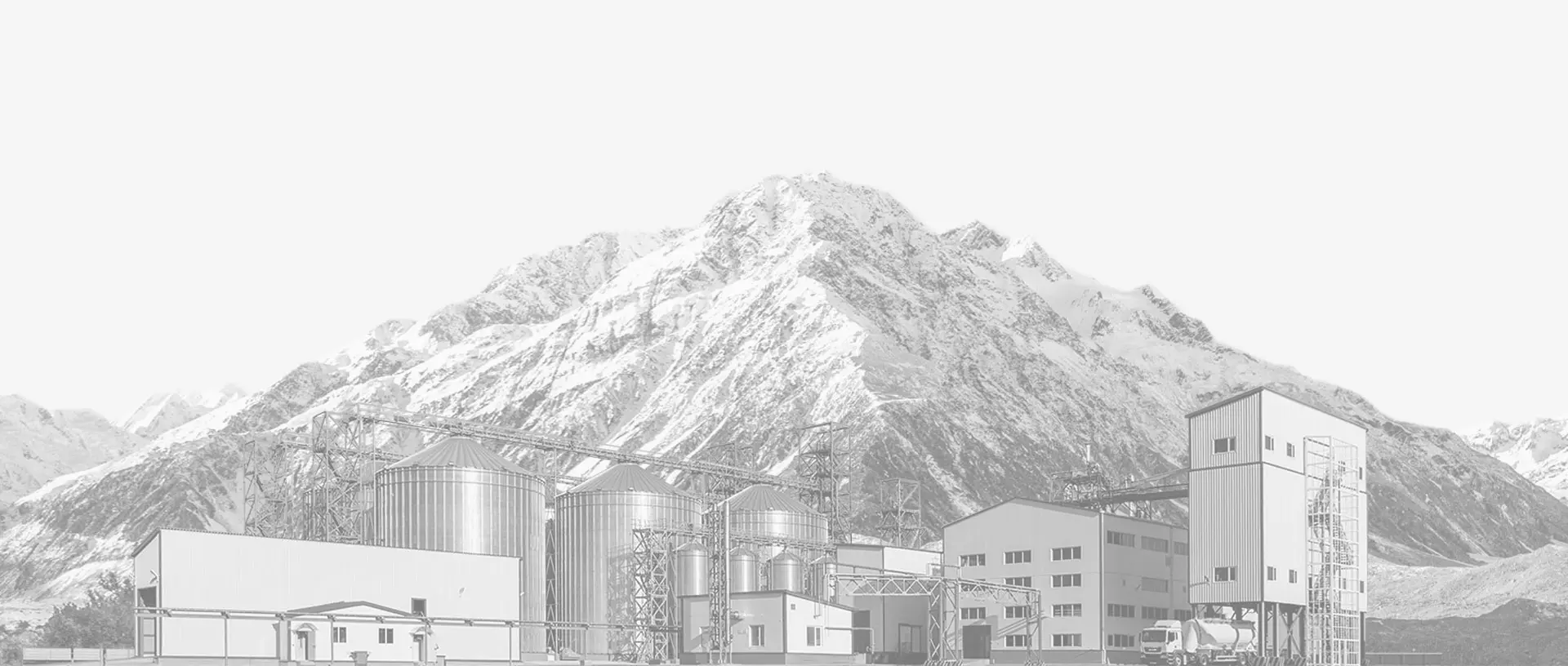

Meet global product demands and quality standards with industry-leading pellet plant design, engineering, equipment, and construction services for pellet processors.
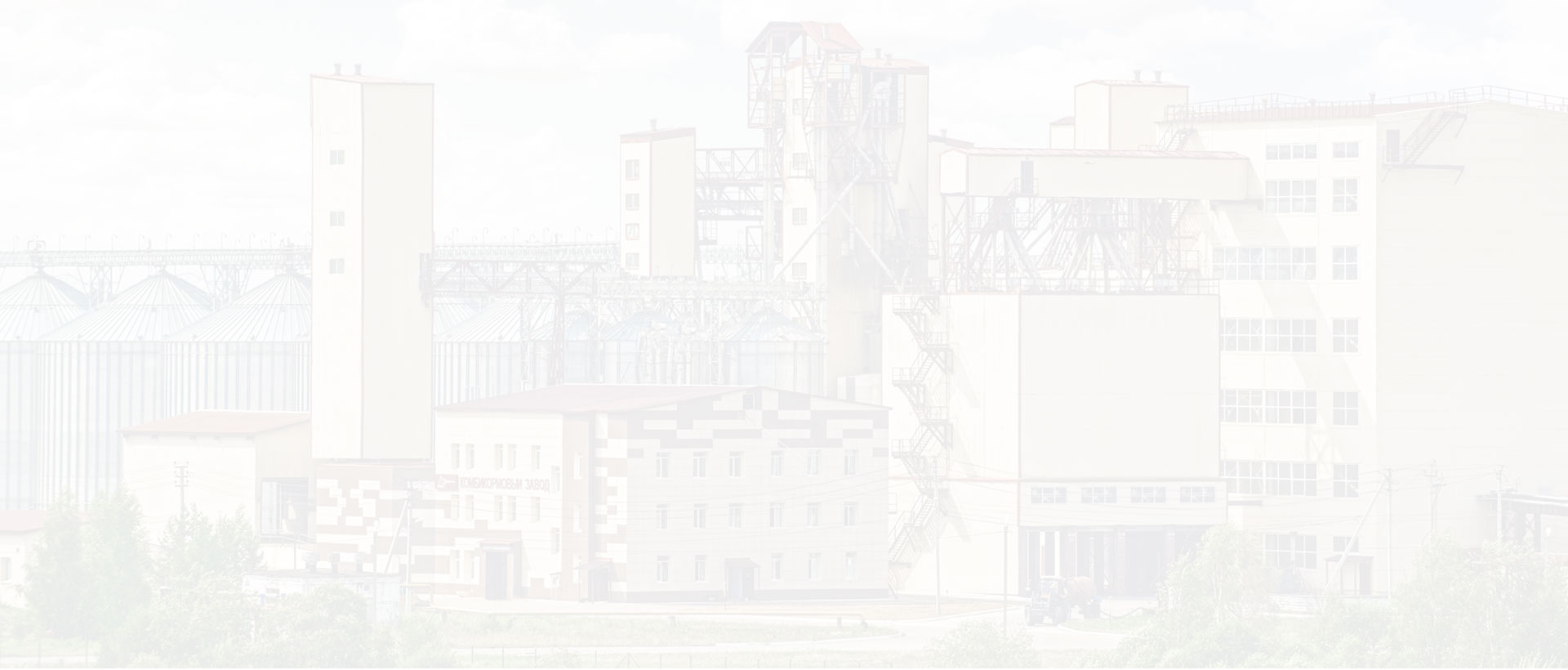
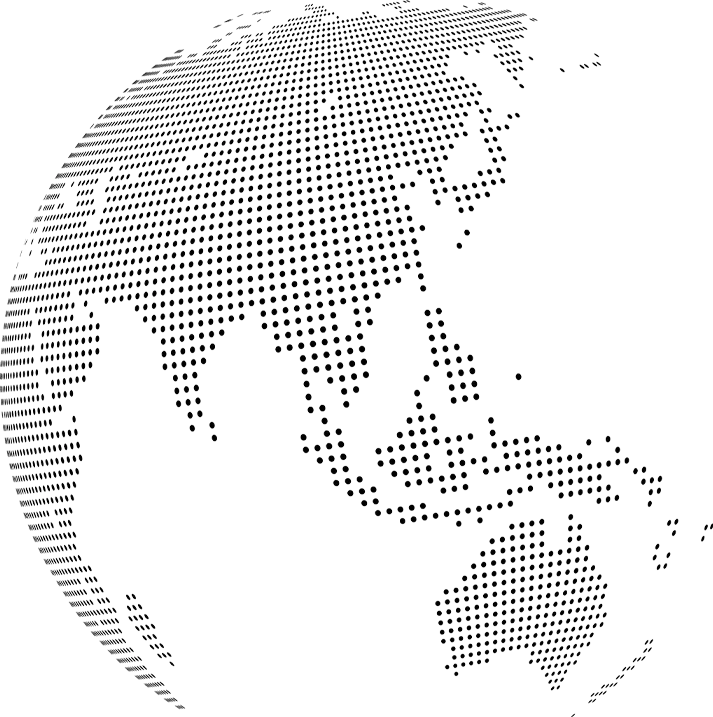
Your Partner Beyond Project Completion
2000+ cases
RICHI is the leading designer, manufacturer and builder of pellet plants in the world, completing over 2000 projects in 140 countries across 6 continents.
Read More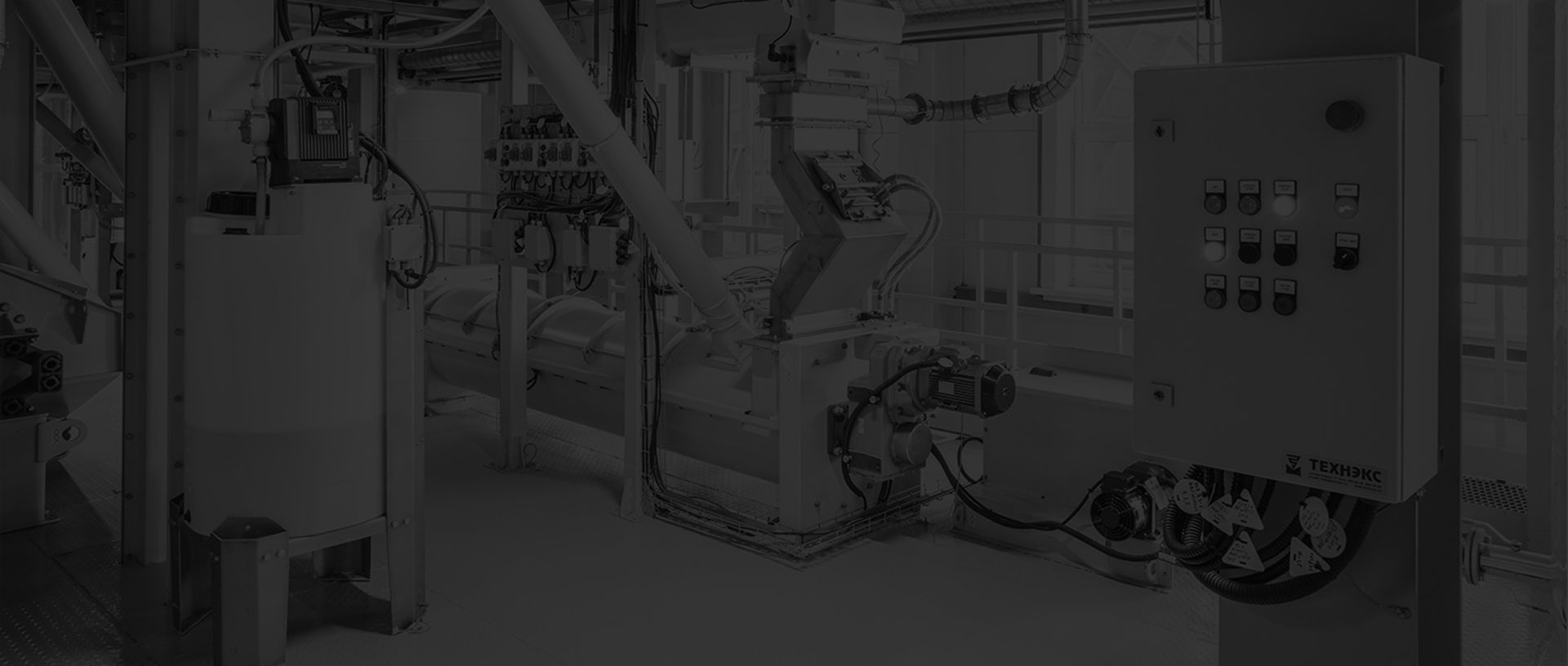
Increase plant productivity, profitability, and safety by integrating high quality equipment into your pellet production line. Over the years, RICHI has become China's top pellet equipment manufacturer. At the same time, RICHI has established valuable partnerships with the world's leading component and raw material manufacturers to bring you the best there is in technology, automation, and efficiency in pelleting plant machinery.
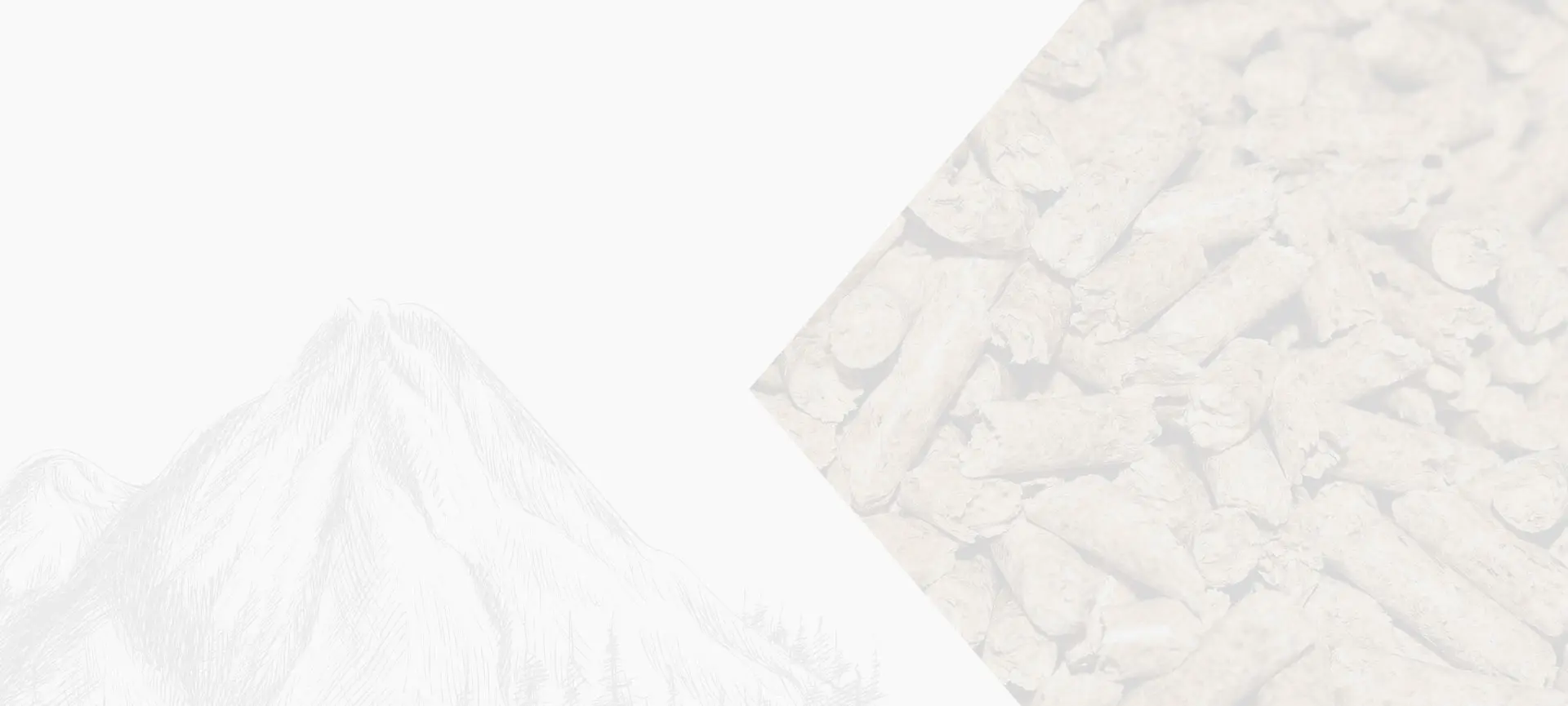
For nearly 30 years, RICHI has been providing best-in-class pellet plant equipment and services to clients across a variety of industries, sizes, and needs. We pride ourselves on the knowledge and skill that each team member possesses – from our technical sales team to our process design engineers. You can count on RICHI Machinery to take your operation to the next level of innovation, quality, and success.
Need help with your pellet manufacturing plant project? Contact us today.
ANIMAL FEED
BIOMASS
WOOD
ORGANIC FERTILIZER
AQUA FEED
CAT LITTER
MUNICIPAL WASTE RECYCLING
SPECIAL PELLET PRODUCTION
RICHI Machinery continues to deliver world class pellet mill equipment, pellet plant engineering and project solutions that add value to our customers in the animal feed, wood waste, agriculture waste, organic fertilizer, cat litter and special pellet products industries. Throughout the years, we RICHI Machinery have built strong brand, becoming industry-leading pellet machine manufacturer. We value integrity, promise quality, and prioritize your success.
Learn MoreWith our expert team, we precisely implement your process engineering requirements in pellet mill and pelletizing plant systems. No matter which industry you’re in – we understand your needs and deliver solutions that meet the highest standards.
At RICHI, quality comes first. Our pellet making machine and related pellet line equipment undergo rigorous quality controls to ensure they meet the highest standards. Rely on products that are durable, safe, and efficient.
With decades of experience in pellet machine and pellet production line production, we have earned a reputation as a trusted partner in various industries. Our expertise allows us to cover a wide range of applications.
Not only do we offer premium pelleting equipment, but we are also experts at designing, building, installing, and maintaining facilities from the ground up. Our expertise is within pellt plant process design, discovering the most efficient, productive, and profitable way to handle your materials in an end-to-end cycle.

Keeping in touch with us is an effective way to solve all your problems. If you have any needs or questions, please leave your contact information, then RICHI technical consultants will send design, quotation, videos to your mailbox. You can also contact us directly via WhatsApp: +86 13838389622
Copyright©2015-2024 by HENAN RICHI MACHINERY CO., LTD. All rights reserved.